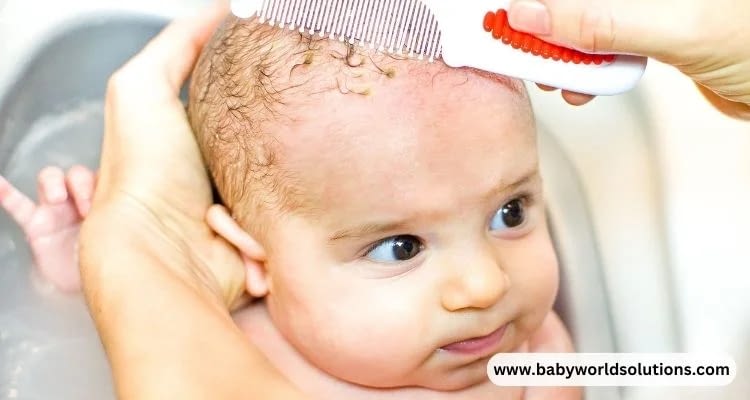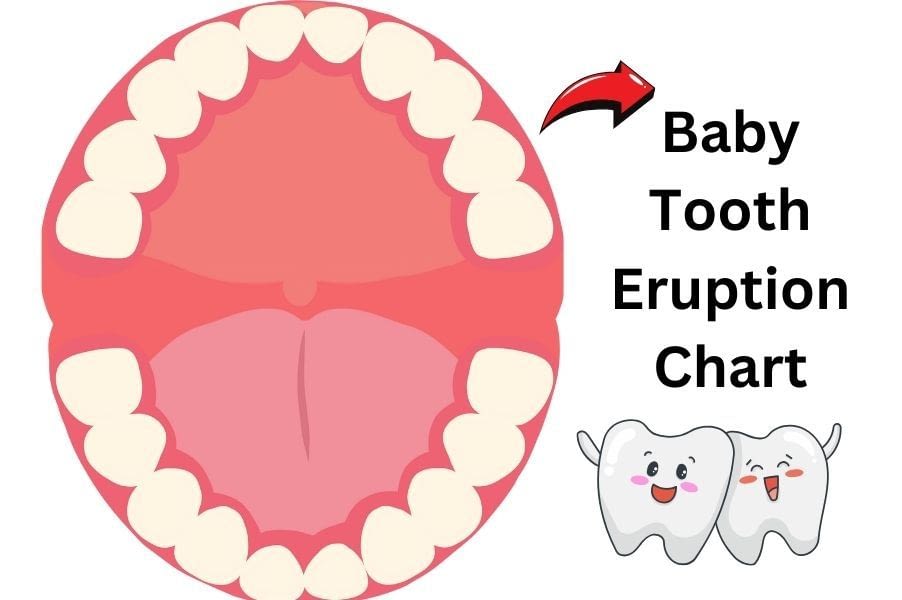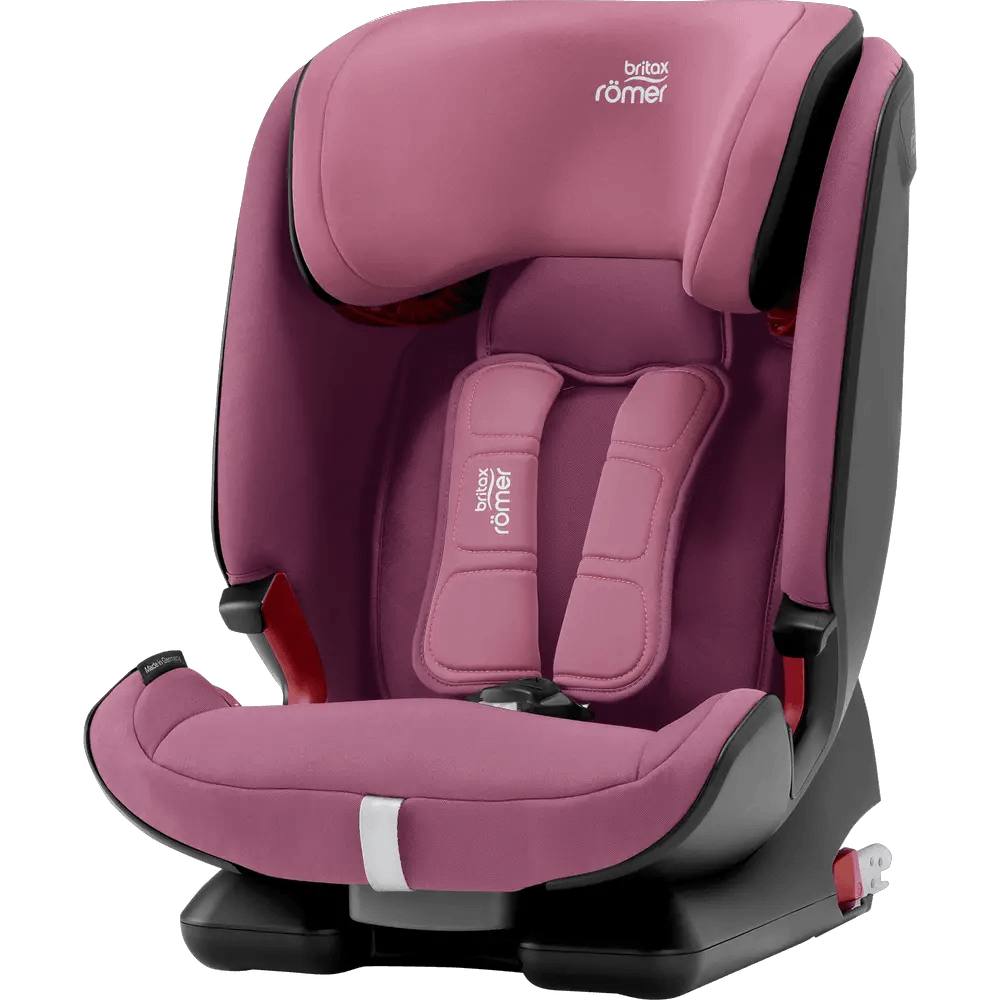A cradle cap is something that many parents experience because it’s a common skin condition in infants. It can be frustrating for the parents and leave your baby’s scalp feeling uncomfortable and sometimes even cause them to feel irritable.
Fortunately, several remedies are available to help soothe your little one’s discomfort and reduce cradle cap symptoms – some of which include coconut oil for cradle cap!
Does coconut oil help cradle cap?
Yes, It’s an all-natural choice with unique qualities that make it an ideal remedy for eliminating those pesky crusty scales on their head while nourishing their dry scalp at the same time.
In this blog post, I will discuss what parents need to know about using essential oils for treating cradle cap – from how long to use them, how much to apply to your baby’s scalp, and other pertinent information about this natural therapy option.
What kind of coconut oil for cradle cap?
For millennia, coconut oil has been a trusted remedy for relieving skincare issues like cradle cap. It’s natural properties have made it an age-old solution to beautifying the skin!
There are a few varieties of coconut oil available on the market. However, unrefined coconut oil is the best option for treating cradle cap. It is also known as “virgin coconut oil” and contains no added chemicals or other ingredients, essential for keeping your baby’s skin healthy.
If you find it labeled as “extra-virgin coconut oil,” this is the highest quality you can get and is an excellent choice for treating cradle cap.
Read Also: When Do Babies Get Eyebrows?
How should I use coconut oil on my baby’s cradle cap?
How to Get Rid of Cradle Cap with Coconut Oil. Follow these steps for applying coconut oil to baby’s head, face, and eyebrows for best results:
- To use coconut oil to treat the cradle cap, massage it gently on your baby’s scalp until it fully absorbs it.
- Make sure to do this a few times a day, and leave it on your baby’s head for 15-20 minutes before washing it off with gentle baby shampoo.
- You don’t need to leave it on for longer than that. Remember that it can get incredibly slippery, so ensure you’re doing this in a safe environment and that your baby is well-secured.
- After the coconut oil has been absorbed into the baby’s hair follicles, you can use a soft brush to remove the cradle cap flakes and crusts from the baby’s sensitive skin.
- Include oiling and massaging your baby’s cradle cap as a part of their bath time regimen.
- Also, be sure to use virgin coconut oil – not processed coconut oil – as this kind is more effective in treating cradle caps. You can find virgin coconut oil at most health food stores.
How to treat Cradle Cap at home?
It’s important to note that natural oils should be used as a complementary treatment to get rid of cradle cap, which you can use in combination with other cradle cap treatments.
For example, you can use coconut oil in tandem with dandruff shampoo or any other cradle cap treatment that your doctor may have recommended. It should be used as something different than a standalone treatment or in place of care that your pediatrician recommends.
It’s also worth noting that it can prevent cradle cap from occurring in the first place. Applying it to your baby’s cradle cap regularly can help keep their scalp and dry skin hydrated and moisturized, which can help reduce the risk of the cradle cap from developing.
Can you leave coconut oil in baby hair? With proper use, coconut oil can help reduce the itchiness and flakiness of the cradle cap while also moisturizing and nourishing your baby’s scalp.
Related: How to Wash Baby Hair without Getting Water in Eyes?
5 Best Coconut oil for Cradle Cap in Babies
Coconut oil is a great, safe moisturizer for newborn babies. It softens the thickened baby’s skin patches, making them easier to remove. It can also help reduce inflammation and prevent infection. Many parents have found it beneficial in managing the condition.

Selecting the right coconut oil for infant skin:
Organic coconut oil
This is the best coconut oil for treating cradle cap in babies. It is 100% cold-pressed, virgin coconut oil free from any preservatives or additives, making it safe and effective for treating cradle cap.
Fractionated coconut oil
Fractionated coconut oil is a liquid processed to remove medium chain fatty acids. Due to its low viscosity, it is quickly absorbed into the skin and helps to break down the seborrheic dermatitis flakes, followed by baby shampoo. After that, you can gently comb.
Unrefined coconut oil
Unrefined coconut oil is the way to go if you’re looking for coconut oil containing all the natural nutrients. It minimizes the risk of any allergic reactions and is excellent for nourishing the skin.
Coconut oil with coconut milk
It comes with coconut milk, which is excellent for skin hydration and elasticity and helps break down cradle cap flakes, while coconut milk helps nourish and moisturize the skin.
Coconut oil with coconut water
It contains coconut water, an excellent electrolyte source, and minerals. It helps to balance the skin’s pH level, while the oil helps to loosen the flaky skin.
These coconut oils are great for helping to treat cradle cap in babies. When using it to treat dry skin, using these coconut oils in small amounts is essential, and avoid using too much oil on the baby’s scalp.
What’s the best shampoo for cradle cap in babies?
What Causes Cradle Cap? A cradle cap is a harmless skin condition that affects babies. It usually appears with greasy, yellow, or brown scales on the scalp. It is also possible for it to manifest on other areas of the body, such as the ears, face, and neck. While there is no single way to treat cradle cap, gentle shampoo can help reduce the severity of symptoms.
What to look for when buying a cradle cap shampoo?
When selecting a shampoo for a cradle cap, it is crucial to choose one specifically designed for a baby’s hair. Look for shampoo free of harsh ingredients, such as sulfates and parabens, to avoid any allergic reaction.
It should also be non-irritating and hypoallergenic to minimize the risk of additional skin irritation. Additionally, you may want to select a shampoo specifically formulated for cradle cap and contains ingredients such as tea tree oil, which is known to help soothe and moisturize the scalp.
- Oh Cr*p! Cradle Cap Flake Fixer Scalp Mask by Frida Baby Dandruff Shampoo (best shampoo for cradle cap in infants)
- Cetaphil Baby Wash & Shampoo with Organic Calendula (best shampoo for cradle cap in newborns)
- CeraVe Baby Wash & Shampoo

Conclusion
It is suggested that fractionated coconut oil be used on the cradle cap as it is more effective than regular oil. It removes most of its fatty acids, making it thinner and easier to spread over your baby’s scalp. It is also non-greasy, so it won’t leave your baby’s head feeling sticky after use.
Never use undiluted apple cider vinegar and hydrogen peroxide to treat cradle cap unless recommended by a doctor. However, fungal infection creams to treat cradle cap rash are also prescribed in most severe cases.
Parents Also Ask
What is the Best oil for cradle cap?
Coconut oil is a popular natural remedy for cradle cap, as it contains lauric acid, which can help to reduce dryness and inflammation. Moreover, it is mild enough to apply to a baby’s sensitive skin and offers hydration.
What month does the cradle cap go away?
The cradle cap typically goes away on its own. It usually starts to resolve by 6 months of age but can last up to 1 year.
Does a cradle cap stop hair growth?
A cradle cap does not stop hair growth but affects the scalp’s skin. Thick, yellow or brown patches of flaky, scaly skin on the scalp, forehead or nape of the neck characterize it. It does not cause discomfort to the baby and requires no treatment, although it can be unsightly.
Does breastmilk help cradle cap?
Applying breastmilk to the affected area can help reduce itching and irritation and soften the scales.
Can I leave coconut oil on baby scalp overnight?
Coconut oil should only be used for short periods and not left on the baby’s scalp overnight. Leaving oil on your baby’s head for too long can lead to skin irritation or infection. To keep your baby safe, it’s best to apply the oil only when necessary and rinse it off after a few hours or less.
What is the root cause of the cradle cap?
The root cause of cradle cap, also known as seborrheic dermatitis, is not entirely understood. It is thought to be an overactive immune response to naturally-occurring yeast that is present on the skin.
Should you use olive oil on your baby’s skin?
While olive oil is a popular remedy for cradle cap, it is not recommended as it can be too heavy and difficult to wash off. Coconut oil is a better and safer alternative as it is easier to rinse away.
Why does cradle cap smell?
Cradle cap is common in babies and young children, characterized by patches of thick yellowish or tan scales with underlying redness on the scalp. The odor associated with cradle cap can be caused by the accumulated oils built up under the layer of dead skin cells.
1 Visit today





